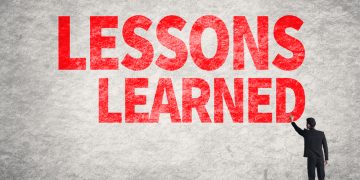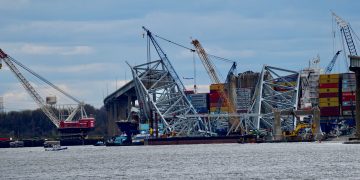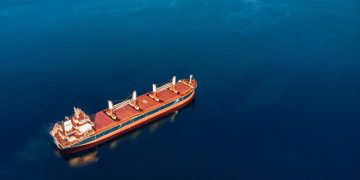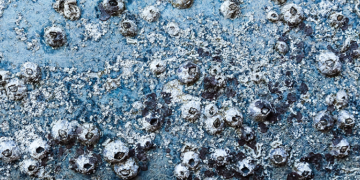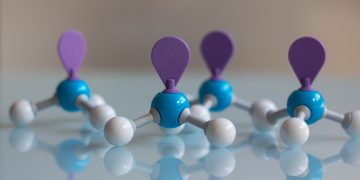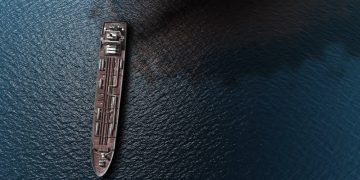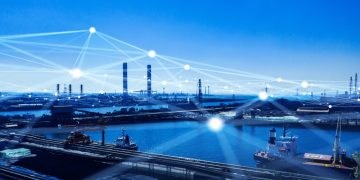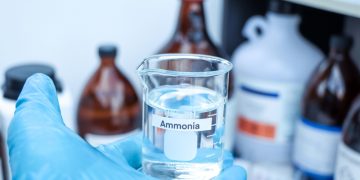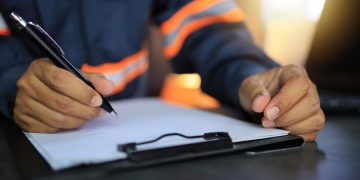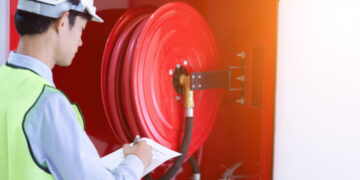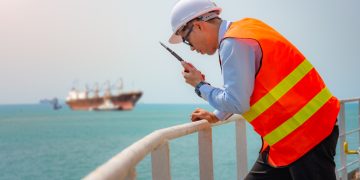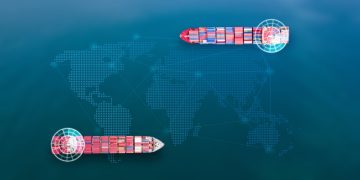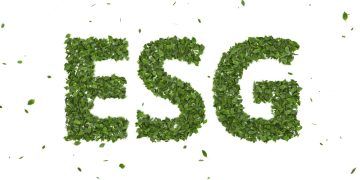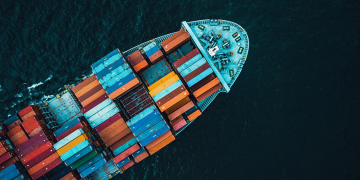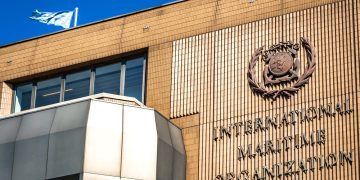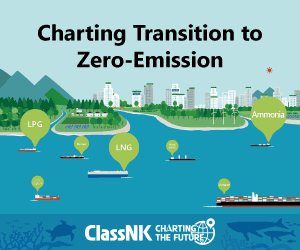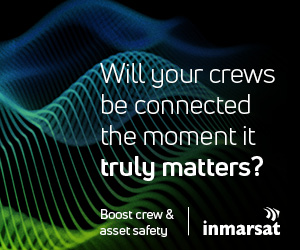The fate of Deepwater Horizon oil
Nearly five years after the Deepwater Horizon explosion led to the release of roughly 200 million gallons of oil into the Gulf of Mexico, scientists are still working to answer the question: Where did all the oil go? During the 2010 crisis, some of the oil gushing from the seafloor appeared as slicks on the sea surface, while roughly half of it, scientists estimate, remained trapped in deep ocean plumes of mixed oil and gas, one of which was more than a mile wide, hundreds of feet high and extended for miles southwest of the broken riser pipe at the damaged Macondo well. Many natural processes—like evaporation and biodegradation—and human actions—like the use of dispersants and flaring of gas at the surface—impacted the chemical makeup and fate of the oil, adding to the complexity of accounting for it. A paper published today in the Proceedings of the National Academy of Sciences provides a piece of the puzzle, analyzing the oil that ended up on the seafloor, establishing its footprint, rough quantity and likely deposition mechanism, and pegging its source to that deep ocean plume of mixed oil and gas. “In 2010, we only considered that material flowing from the well...
Read more



